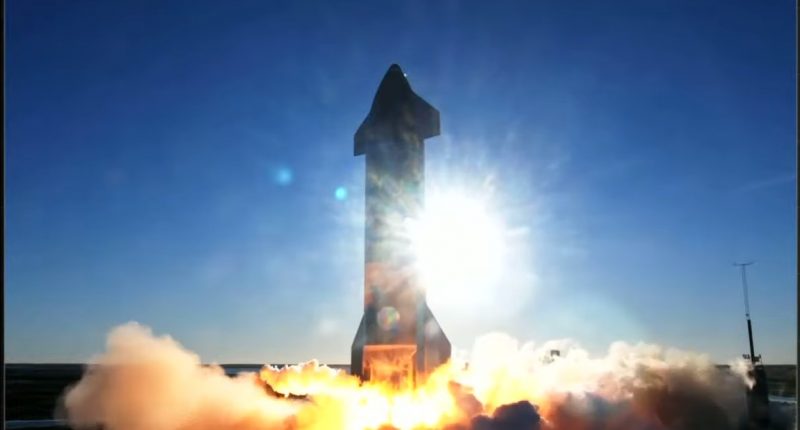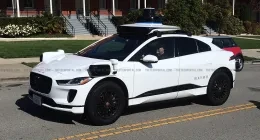Elon Musk’s SpaceX has made the headlines multiple times in recent months for multiple reasons, and this might be one of the most daring ones. You may remember that SpaceX has been conducting high-altitude Starship tests, and while the SN8 and SN9 launched successfully, their landing was far from perfect as the tests ended in spectacular explosions. Now, according to confidential documents obtained by The Verge, the launch of the Starship SN8 in December came after SpaceX had ignored at least two warnings from the Federal Aviation Administration (FAA) and conducted the launch.
This would mean that SpaceX willfully violated its launch license, which was in turn inconsistent with a strong safety culture, according to a letter by FAA’s space division chief Wayne Monteith. “Although the report states that all SpaceX parties believed that such risk was sufficiently low to comply with regulatory criteria, SpaceX used analytical methods that appeared to be hastily developed to meet a launch window,” Monteith said.
The SN8 was originally scheduled to launch on December 8, which got shifted to the next day following an engine issue. The FAA had warned that the explosion of the rocket would result in a shockwave which would be amplified by various weather conditions like wind speed and endanger nearby homes. It rejected SpaceX’s plea to waive the safety threshold, making SpaceX pause the countdown clock. However, the clock was restarted soon after, and the FAA informed SpaceX that the weather data provided was not sufficient 15 minutes before liftoff. SpaceX staff ignored the warning, assuming that the FAA safety inspector did not have the “latest information,” and launched the rocket, and while it launched successfully, it landed with an explosion.
According to the documents, SpaceX told the FAA that its software was a “source of frustration” that was “shown to be inaccurate at times or overly conservative.” It is unclear if Musk himself played a part in the decision to launch SN8. After the crash of the SN8, Musk said that the “fuel header tank pressure was low during landing burn, causing touchdown velocity to be high,” but claimed SpaceX engineers “got all the data we needed.”
“These actions show a concerning lack of operational control and process discipline that is inconsistent with a strong safety culture,” Monteith wrote in the letter.
While no comment has so far been made by either SpaceX or Musk, the violation was confirmed by the FAA.
An investigation by the FAA was unable to determine whether the license violation was intentional, according to people involved in and briefed on the investigation, speaking on the condition of anonymity. In any case, SpaceX was not penalized, nor did it suffer from any consequences.
The Tech Portal is published by Blue Box Media Private Limited. Our investors have no influence over our reporting. Read our full Ownership and Funding Disclosure →






